Who does the school dress code affect?
March 28, 2023
When you first wake up in the morning and start to get ready for the school day, most would start by choosing an outfit to wear. Say you pick your favorite outfit to wear to school and have a teacher say that it’s against the school’s dress code. This could lead you to wonder,” why would they dress-code me of all people?”
To try and give people an explanation who might be in a situation such as this, I took it to the people of Canyon Ridge High School to get their take on the topic, because who would have a better take on a school’s dress code than those who are in the school regularly.
To start out the search, I went to the person who is known for dress coding the most people: Vice Principal Mr. Scott Thompson. After being a student in this school for over two years, I’ve noticed some things: Every time he enters a classroom, or even just a hallway, all over I see my fellow students go straight to their zippers on their jackets, adjust their shorts, or even dart to the restrooms just to avoid being caught wearing clothes they know would get them dress coded.
In an interview I had with Mr. Thompson, he stated that he finds himself having to remind people of the dress code 20-30 times a day, sometimes even more. “If it’s not hats, hoodies, or beanies, it’s too short a shirt, too holey of pants, the dress is too short, or boys wearing muscle shirts,” he said. “Unfortunately, I think females get dress-coded more than guys. Guys are the ones that have the hats and the hoodies. The girls are the ones that have the short dresses, the holey pants, the midriff showing, or the straps aren’t two inches, so I feel bad because it seems like probably nine out of ten dress codes are females,” said Mr. Thompson.
Given his role at our school, a lot of the frustration and backlash, such as rude comments and accusations, from students due to the dress code has been inflicted upon him. “The school board is the one who makes the policy, not me, I’m just the one that has to enforce it. It’s like if I get pulled over by an officer for speeding, it’s not the officer’s fault. The state is the one that came up with the speed limit, not that officer,” Mr. Thompson said.
Given that students are the most affected by the dress code, they had some of the strongest opinions on this topic. “I think that it’s not fair that only girls get dress-coded,” said Shalea Milo, a freshman at Canyon Ridge.
CRHS Junior, Gia Raschke, also feels that the dress code affects women a lot more than men. “Men tend to get away from getting in trouble with the dress code, but women and girls get in trouble for even showing the tiniest bit of skin. They only dress code girls because of what we show. it’s not our fault we have boobs.”
On the other hand, there are some students that feel differently about the dress code. One CRHS female student who wished to stay anonymous said, “I think the dress code needs to be more strict. There is a lot of immodesty. This school needs to be a safe place for students. I have brothers who hate seeing tight shirts in the hallways. If all the students have an equal footing, this place would be a better learning environment beside looking at a belly button or saggy pants in history class. I think a uniform would be a good idea.”
“I’ve never worn clothes that show skin because the dress code is so strict, and I’m terrified of getting dress-coded,” Said CRHS student Tayler Grimm. Other students expressed similar fear of being dress-coded.
After getting an idea of what it is like from a students and administrators perspective, I wanted to hear from the more broad perspective of all of the students from our school to get their take on it. I conducted a poll for CRHS students regarding the dress code and its enforcement. Of all 120 people who responded, 59% were female, 30% were male, and 11% were gender-fluid, non-binary, or had another gender identity.
There was a significant number of females who responded to the poll, and very few males and people of other gender identities who responded. Of the females, 70% of them claimed to have been dress coded. When answering why they were dress-coded, 97% of the females had checked a box that had to do with showing too much skin, like shorts that were too short, an exposed midriff, back, cleavage, etc. Of the other female respondents, only 3% had checked the box saying they had been dress coded for wearing hats.
Of the male respondents, 39% of the boys said to have been dress-coded. 79% of those who were dress coded were dress coded for wearing a hat, while only 21% of the dress-coded boys were dress-coded for showing too much skin or “wearing an accessory inappropriate for school”.
Of the respondents with another gender identity, 77% said that they were dress-coded. Of those dress-coded, 80% were for showing too much skin. The others were dress coded for wearing hats.
So, from the information shown by the poll, females and people who do not identify as just male or female are more likely to be dress coded than males. Also from the poll, given that 59% of the respondents were female and only 30% were male, that could lead to the conclusion that females want to address these issues about the dress code more so than males since males were less likely to respond to the poll.

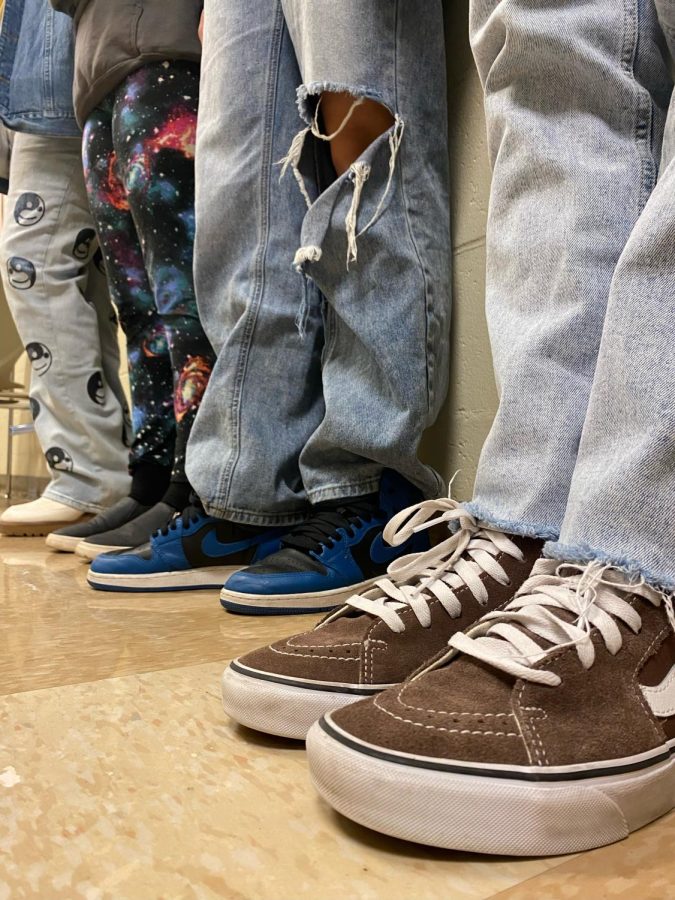

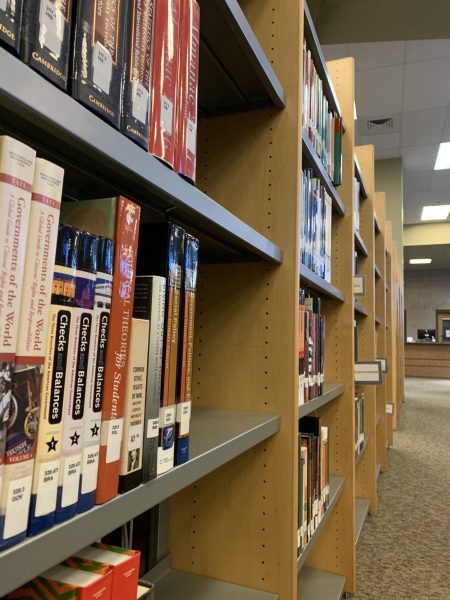


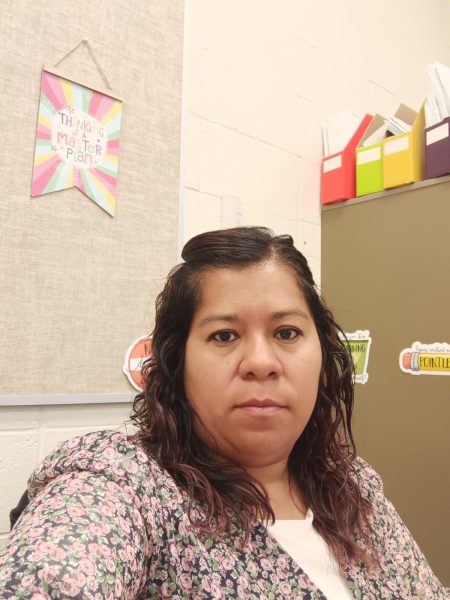

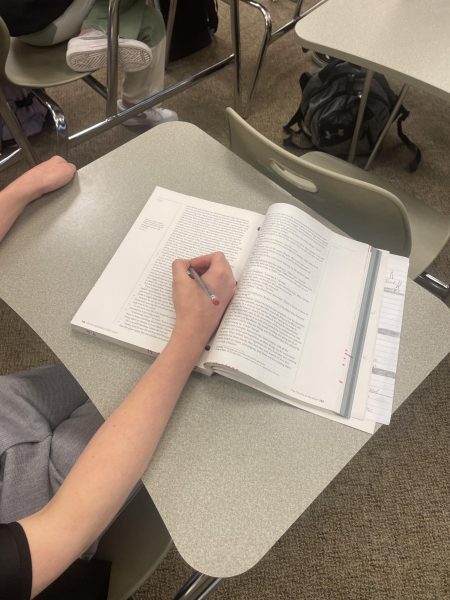
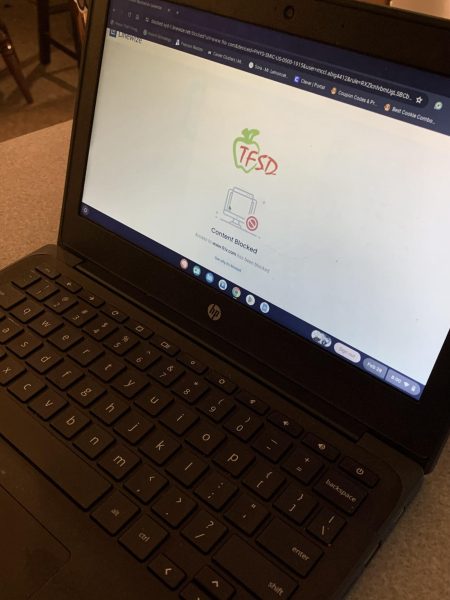



Chase Barlow • May 24, 2023 at 8:42 am
I agree with the article with what it says as an overview. Although, when you look into the quotes and the deeper meaning, I disagree a lot. Women are more dress coded, however, it’s their own fault. I have been with multiple guys when they are dress coded for wearing hats and it’s their own fault. They know that they are breaking the rule, but they do it anyway. If you know the dress code and choose to break it, then you can’t blame others for being dress coded. It’s your fault.
Max • Apr 6, 2023 at 9:15 am
Girls are being dress coded for showing too much skin, but guys are just wearing hats or hoods. This raises the question of why girls feel the need to wear revealing outfits over boys—a compelling thing to consider.
What in our culture makes it so necessary for girls to wear clothes that show “their back, their cleavage, their midriff”? Your words, not mine.
Compared to boys who don’t wear anything nearly as revealing, no v-necks, no abb shirts, not a single muscle T in the hallway.